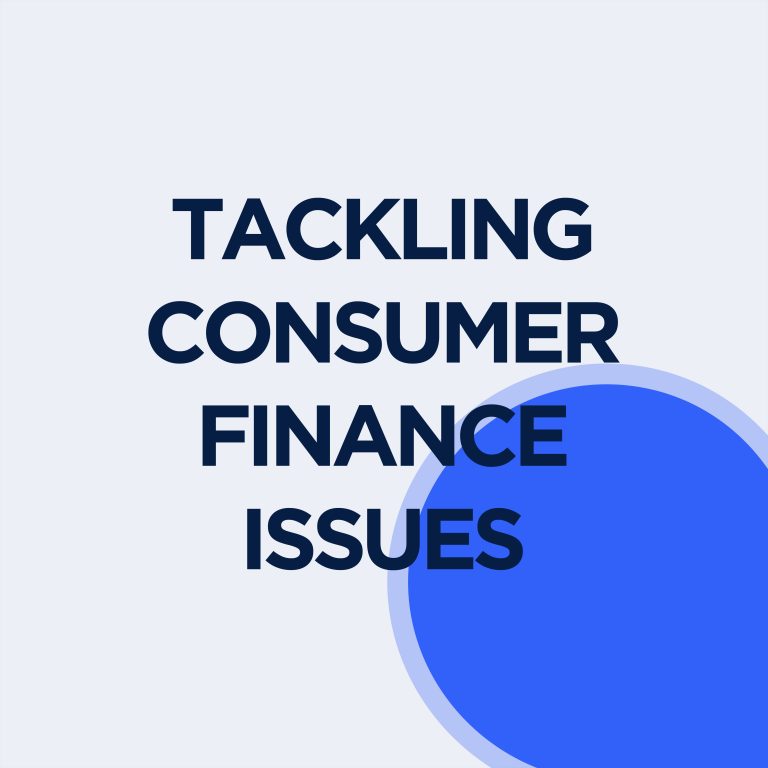In the dynamic landscape of finance, the demand for microfinancing solutions has grown significantly, especially among low-income individuals seeking smaller-scale financial support. Traditional banks are vital pillars of the financial system, have often struggled to efficiently cater to the unique demands of an untapped market. This has paved the way for strategic synergies with fintech companies, marking a transformative step forward in ensuring everyone has access to liquidity.
The Limitations of Traditional Banking
1. Cumbersome Processes
Traditional banks typically follow rigorous and time-consuming procedures for loan approvals. The paperwork, credit checks, and bureaucratic processes make accessing microfinancing cumbersome, deterring potential borrowers, especially among individuals who require instant access to liquidity.
2. High Operational Costs
Traditional banks are designed to profit from larger transactions, which often renders microfinancing financially unviable. The overheads involved in processing small loans make it challenging for banks to offer competitive rates.
3. Limited Flexibility
Traditional banks often adhere to rigid lending criteria, making it difficult for individuals with no credit history or those lacking collateral to secure financing. Consequently, it forces individuals to resort to informal and expensive borrowing, further aggravating their underlying issue.
The Fintech Solution
1. Cost-Effective Operations
Fintechs, unencumbered by the legacy of traditional banks, operate with lower overhead costs, as there is a reduced need for physical branches, paper records, and manual processes. This allows them to offer microfinancing solutions at competitive rates, making financing more accessible to a broader spectrum of individuals.
2. Innovative Risk Assessment
Fintechs often apply innovative data analytics and alternative credit scoring methods through machine learning and artificial intelligence. This enables them to assess risk more accurately, providing an opportunity for individuals with limited credit histories to access microfinancing.
3. Financial Inclusion
Fintechs are committed to fostering financial inclusion. Their technology-driven solutions are designed to cater to those who might be excluded or overlooked by traditional banks.
The Collaborative Future
Strategic partnerships between traditional banks and fintech companies represent a relationship that can redefine the microfinancing landscape. Banks bring stability, regulatory compliance, and an established customer base, while fintechs inject innovation, agility, and technology-driven efficiency.
Fintechs such as Ryalize use traditional banking partners to gain access to a broader customer base and the regulatory credibility associated with it. Simultaneously allowing traditional banks to diversify their service offerings, tapping into the growing demand for microfinancing.
Ryalize is at the forefront, leveraging its innovative Earned Wage Access (EWA) solution to address the limitations of traditional banking in providing efficient microfinancing and fostering financial inclusion.



